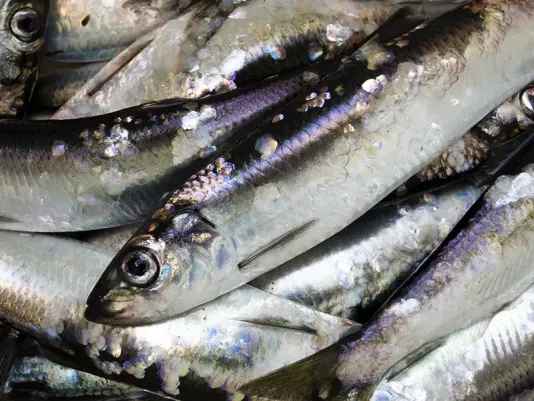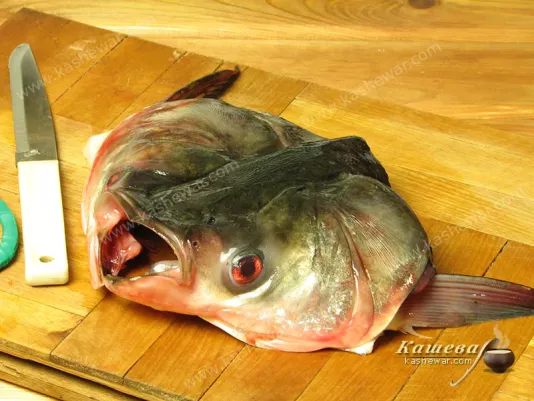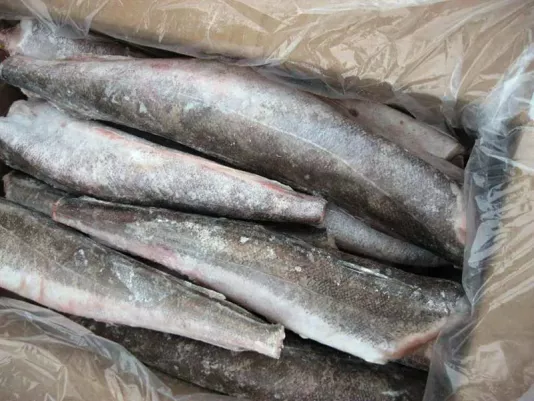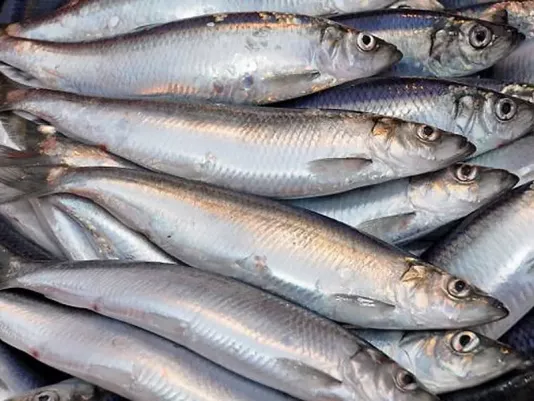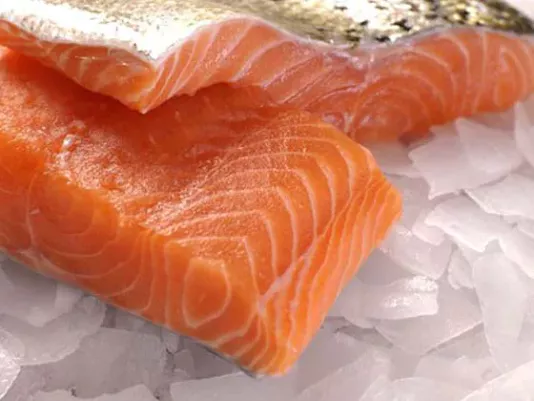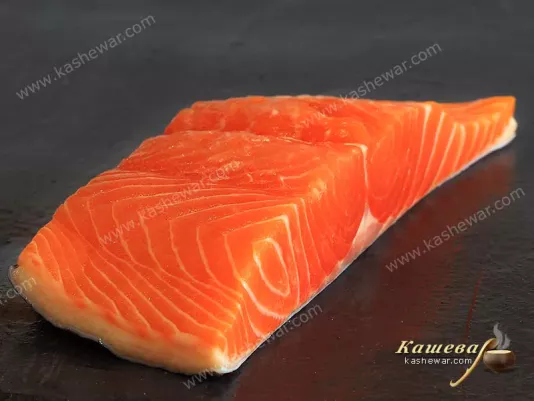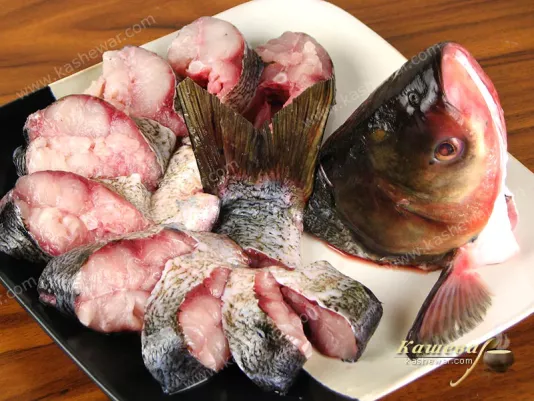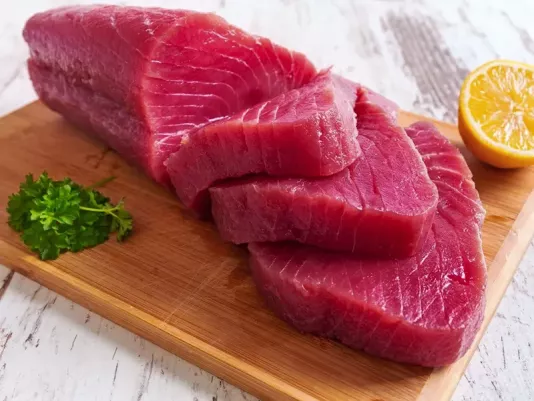Fresh Fish
Fish has always held a special place in my cooking practice, as it combines lightness, nutrition, and the ability to adapt to any recipe. I enjoy preparing fish in various forms: frying it in a pan until golden, stewing with vegetables, baking in foil with herbs and lemon, or steaming for more dietary meals. For me, the important thing is that fish cooks quickly and requires no complicated preparation, yet always provides a feeling of satiety and satisfaction. It goes perfectly with side dishes of potatoes, rice, or vegetables, as well as with various sauces – from classic creamy to light lemon. I am convinced that fish can serve both as the basis of an everyday menu and as the centerpiece of a festive table, since it always brings a special charm and lightness to dishes.
Different Ways of Cooking Fish
Selecting and Preparing Fish
When I choose fish for cooking, freshness and quality are the most important aspects for me. I always pay attention to its appearance: the eyes should be clear, not cloudy; the gills bright red; and the flesh firm without any unpleasant odor. I have learned that fresh fish delivers the best results, as it has a rich taste and tender texture. Before cooking, I always clean the fish thoroughly, remove the scales and guts, and rinse it well under cool water. When working with fillets, I like to leave small pieces with the skin on, as it helps retain juiciness during heat treatment. For marinating, I use simple but effective combinations – lemon juice, salt, pepper, and a little olive oil. Such a marinade does not overpower the natural taste of fish but enhances it, making the dish more balanced. In my experience, preparation is the key to success: if done right at this stage, the dish always comes out tender, aromatic, and appetizing. I have found that time spent on careful preparation is never wasted, as it determines the quality and taste of the final dish.
Frying Fish
Frying fish has always been one of the quickest and at the same time most delicious cooking methods for me. I love it because it preserves the natural taste and aroma of fish while adding an appetizing crust that makes the dish more appealing. Most often, I choose fillets or small fish for frying because they cook evenly and remain juicy inside. I have learned that proper preparation is essential: the fish should be well dried with paper towels to prevent sticking to the pan and lightly salted in advance to make the flesh more tender. For frying, I use sunflower or olive oil, sometimes adding butter for extra richness. I prefer cooking fish in a well-heated pan, searing it first over high heat to form a golden crust, and then finishing on low. I also enjoy experimenting with coatings – flour, cornmeal, or sesame give different results but always add special charm to the dish. For me, frying is a universal way of cooking fish, perfect for both quick everyday meals and festive occasions.
Stewing Fish
Stewing fish has always been a method that combines tenderness with depth of flavor. I love it because it keeps the fish juicy, while the sauce it cooks in becomes rich and aromatic. Most often, I choose firm-fleshed fish such as pike perch, carp, or hake, since they hold their shape well during longer cooking. I always use vegetables – onions, carrots, tomatoes, or bell peppers – as they not only form a tasty base but also give the dish a vibrant appearance. One of my favorite techniques is adding white wine or lemon juice, which bring lightness and refinement. I have learned that spices matter greatly: bay leaves, black pepper, garlic, and fresh herbs create a harmonious combination suitable for any fish. For me, stewing is also an opportunity to prepare a dish in advance: fish absorbs the sauce and becomes even tastier the next day. I value this method for its versatility, as it works equally well for light dietary meals and more filling versions with thick vegetable sauces. Stewing fish, in my experience, always provides room for experimentation and consistently delivers results that delight both me and my family.
Baking Fish
Baking fish has always been a method that combines simplicity, health benefits, and refined flavor. I love it because it allows cooking dishes without excess fat while preserving all the nutrients and natural aroma of fish. Most often, I bake fish in foil or parchment, adding lemon slices, olive oil, and aromatic herbs to keep the flesh juicy and tender. I have learned that baking works perfectly for large fish or fillets with skin, as it preserves the shape and provides an attractive presentation. For festive occasions, I like to use whole fish stuffed with vegetables or herbs – such dishes always look impressive and become the centerpiece of the table. I also experiment with baking fish in sauces: creamy, tomato-based, or soy sauces create completely different flavor notes but always make the dish rich and diverse. For me, baking is not only about taste but also about atmosphere: the aroma that fills the kitchen during cooking creates coziness and anticipation of something special. I have found this method to be universal – it works for quick weekday meals as well as elaborate holiday dishes, giving me room for creativity and variety.
Pairing Fish with Other Ingredients
For me, pairing fish with other ingredients has always been the most exciting part of cooking, as this is where endless creativity begins. I have learned that fish pairs wonderfully with vegetables: roasted or stewed side dishes of carrots, broccoli, zucchini, or cauliflower make the meal complete and balanced. I like combining fish with potatoes in different forms – mashed, roasted, or fried – since this combination is always winning and familiar to everyone. Rice and various grains have also become excellent sides for me, as they highlight the delicacy of fish without overpowering its taste. I often use lemon, lime, or orange juice as an extra accent because citrus adds freshness and brightness. Sauces are, in my opinion, essential companions to fish: from light yogurt-based to rich creamy or spicy tomato, they reveal new dimensions and make every recipe special. I have also found that the right choice of spices matters greatly: dill, parsley, rosemary, garlic, or ginger can give fish a new character. For me, cooking has always been not only about preparing food but also about the art of harmony, and I believe that fish best demonstrates how different ingredients can complement each other, creating a balanced and truly delicious dish.

